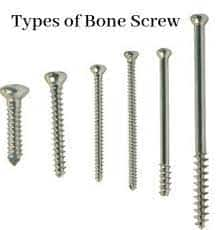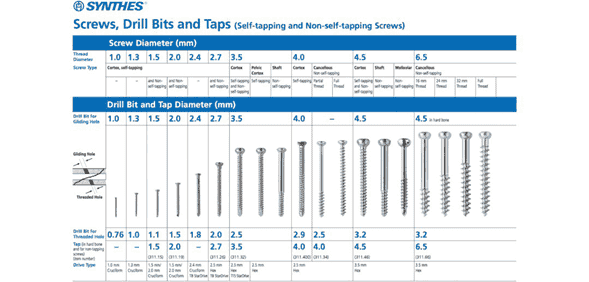Types of Screws in Orthopedics - FRCS (Tr & Orth) Examination Concepts
Types of Screws in Orthopedics - FRCS (Tr & Orth) Examination Concepts

Laminated photograph showing different types of screws
Types of Screws and Design Features
EXAMINER: Describe the different types of screw and their design features.Lag Screw Fixation and Interfragmentary Compression
EXAMINER: What are the principles of the lag screw technique for interfragmentary compression?Factors Affecting Screw Pull-Out Strength

Screws, drills, bits, and taps

